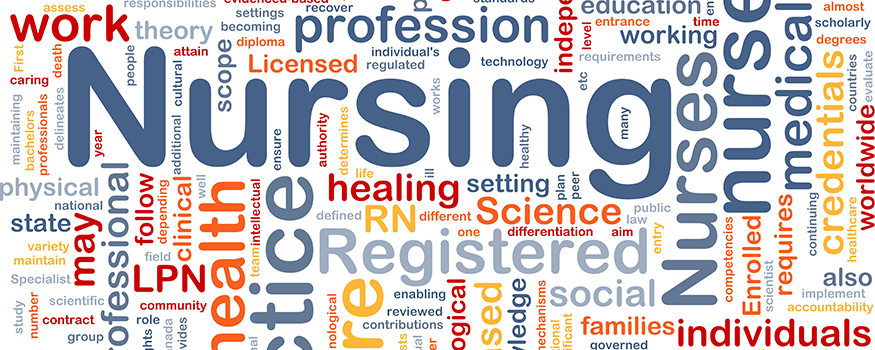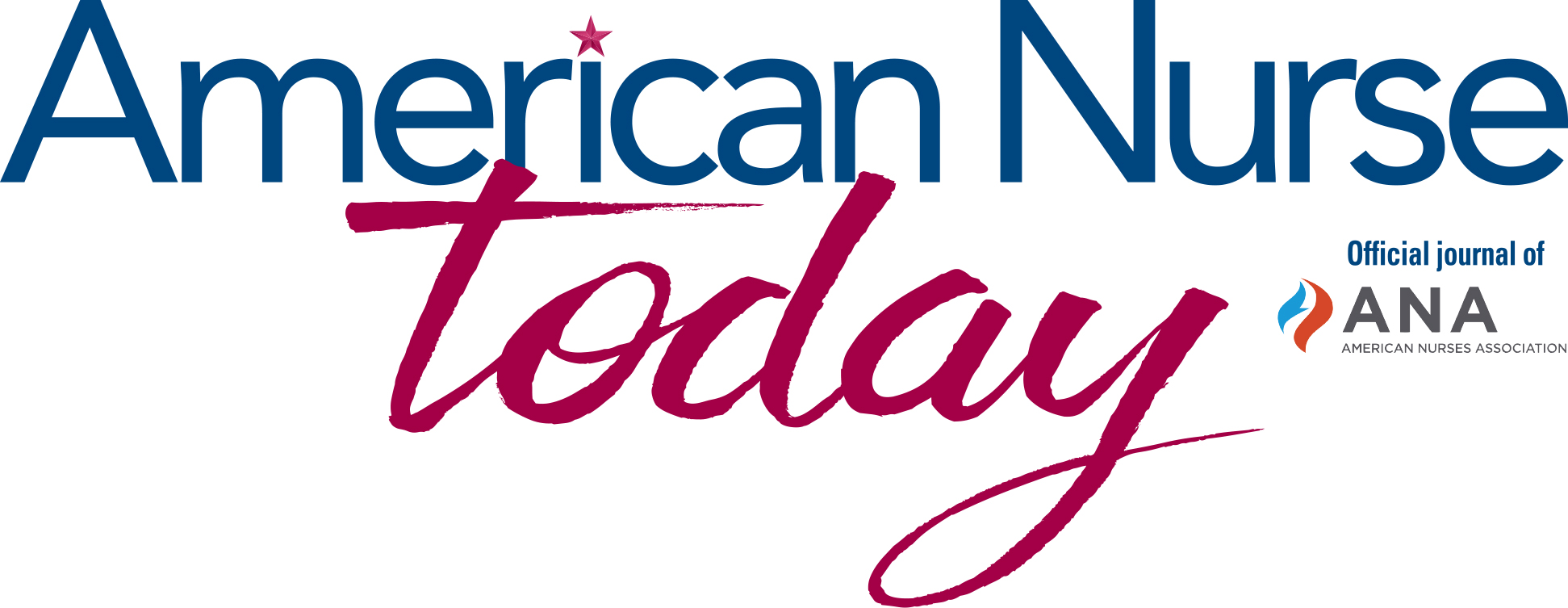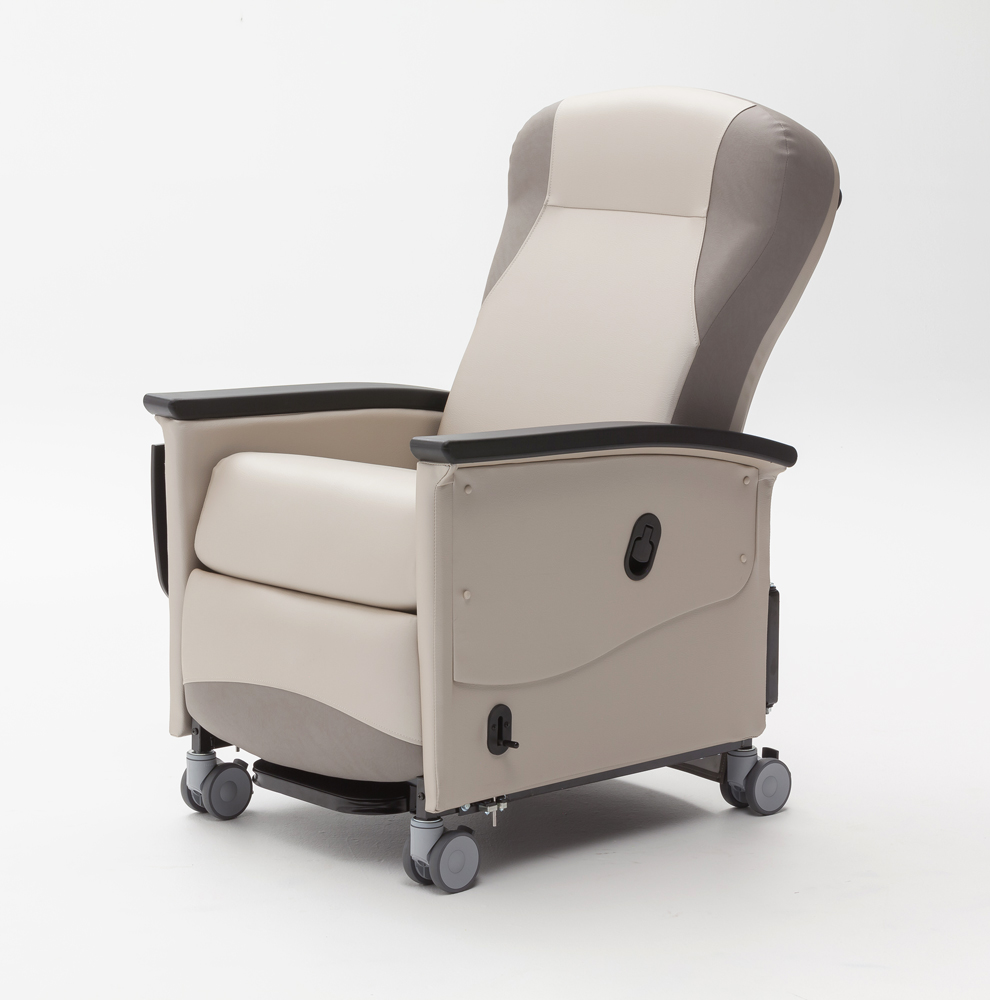Patient-centered, holistic care is something that nurses are taught about early and are expected to strive for every day. Yet we can’t truly practice safe, patient-centered care if it’s not also culturally congruent care. This broad term incorporates the more familiar one, culturally sensitive care. Extending beyond ethnicity, it also requires providers to look at how their own values and background influence their interactions with patients.
This year, ANA’s National Nurses Week theme is “Culture of Safety: It Starts with You.” It provides an opportune reminder to take a closer look at how we can achieve culturally congruent practice throughout every healthcare setting.
Last year, an ANA workgroup began revising one of our essential documents, Nursing: Scope and Standards of Practice, 3rd Edition. Workgroup members added a new standard directing RNs to practice “in a manner that is congru-ent with cultural diversity and inclusion principles” in recognition of the changing landscape and needs of our healthcare consumer population. This resource builds on and reinforces the powerful provisions identified in the 2015 Code of Ethics for Nurses With Interpretive Statements (www.nursingworld.org/codeofethics).
Associated competencies for Standard 8: Culturally Congruent Practice include that RNs demonstrate respect, equity, and empathy for all healthcare consumers, as well as understand the impact of discrimination and oppression on practice within and among vulnerable cultural groups. Standard 8 also identifies additional competencies for graduate-level prepared RNs, including that they ensure healthcare organizations’ policies, services, and practice reflect respect, equity, and values around diversity and inclusion.
While this standard is new, nursing’s own history speaks to our long-standing commitment to meeting the multidimensional needs of underserved and vulnerable populations. Our practice has evolved continually, sometimes along with significant social movements, from civil rights to women’s rights to, more recently, activism around the lesbian, gay, bisexual, transgender, queer or questioning (LGBTQ) community. For example, decades ago, ANA issued guidelines to directors of nursing to ensure they were complying with the Civil Rights Act of 1964. Last year, we celebrated a Supreme Court decision that ensured the legal rights of same-sex couples, which is highly significant in ensuring nondiscriminatory healthcare policies and environments.
Sometimes, however, our efforts to respond to, let alone drive, culturally congruent practice, have fallen short. One memory from my nursing school experience stays with me. It involved a young man who, despite his objections, wasn’t permitted to stay the night with his dying father. We learned too late that the family’s religious beliefs dictate that the father’s soul wouldn’t rest if he died alone. This is a tragic example, but culturally incongruent practice can manifest in ways that are as basic as being inflexible about a patient’s food preferences.
It’s incumbent on us to recognize and address our patients’ many needs, such as religious, language, privacy, modesty, and dietary. Not only is culturally congruent practice essential to patient-centeredness; it’s also crucial to effective communication and trust—the building blocks of a solid nurse-patient relationship—and to averting potentially life-threatening medical errors.
I urge you to read the Code of Ethics and Nursing: Scope and Standards of Practice, 3rd Edition (www.nursebooks.org). Make sure you have ready access to translation services and cultural guidelines at your facility or reliable online or community resources to individualize patient care. Advocate for polices and workplace practices that give patients more control over their lives throughout any care experience. And let’s strengthen the diversity of our workforce to meet the demands of our increasingly multi-cultural population—a goal reinforced in the recent progress report for the Institute of Medicine’s “The Future of Nursing: Leading Change, Advancing Health.” We’ve made some progress toward this goal through Title VIII workforce development programs and the Substance Abuse and Mental Health Services Administration’s Minority Fellowship Program at ANA. But more must be done.
The “one size fits all” approach must give way to patient-centric plans of care that are congruent with each patient’s preferences and needs and bolster safe, quality care—the care you and I would expect for ourselves or loved ones.
Pamela F. Cipriano, PhD, RN, NEA-BC, FAAN
President, American Nurses Association















